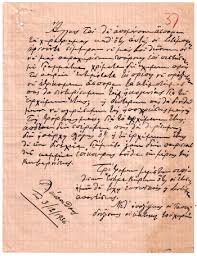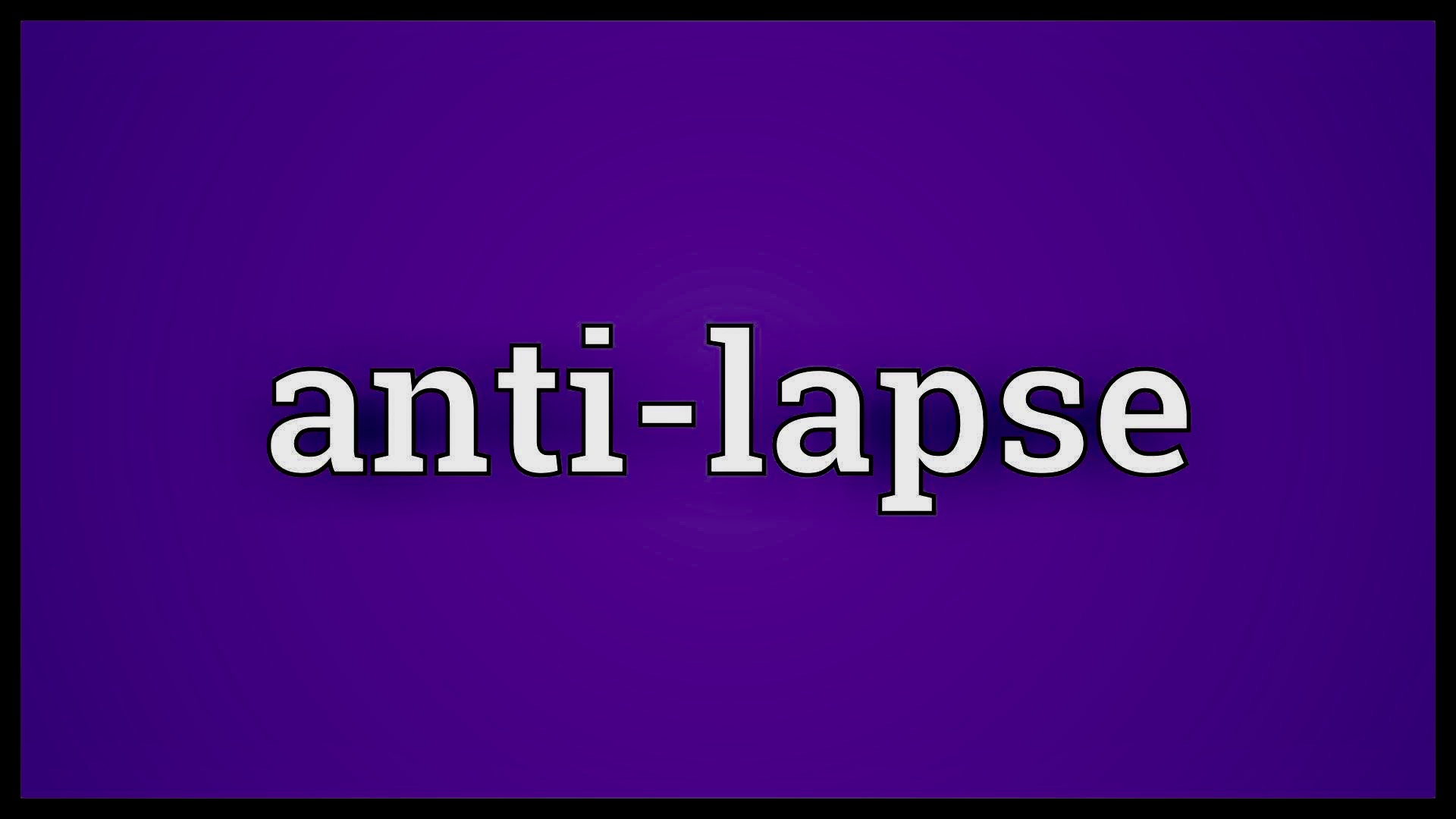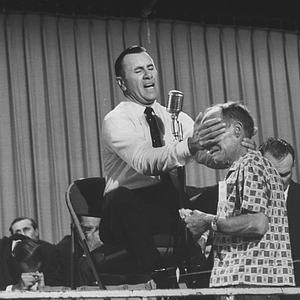JR v JDM 2016 BCSC 2265 explained the criteria in assessing a wills variation claim.
[81] The key provision of the WVA is s. 2 ( now Section 60 WESA) . That section provides that if, in the Court’s opinion, a will fails to make adequate provision for the proper maintenance and support of the testator’s spouse or children, the Court is empowered, in its discretion, to vary the will to make provision that it considers adequate, just and equitable in the circumstances.
[82] Tataryn v. Tataryn Estate, [1994] 2 S.C.R. 807, is the governing authority in British Columbia on the WVA. McLachlin J., as she then was, writing for the Court, articulated the relevant considerations and principles that animate the application of the WVA. The fundamental approach is anchored in her observation that “[t]he search is for contemporary justice”: Tataryn, at 815. The courts must read the WVA “in light of modem values and expectations” and “are not necessarily bound by the views and awards made in earlier times”: Tataryn, at 814-815.
[83] The Court in Tataryn stated that the determination of whether a will makes adequate provision and, if not, what provision would be adequate, just and equitable, are “two sides of the same coin”: Tataryn, at 814.
[84] The primary statutory objective of the WVA is the adequate, just, and equitable provision for a testator’s spouse and children. As identified in Tataryn, the other protected interest is testamentary autonomy. However, testamentary freedom must yield to the extent required to achieve adequate, just, and equitable provision for the applicant spouse and/or children. In that sense and to that degree only, testamentary autonomy will be curtailed by the application of the WVA: McBride v. Voth, 2010 BCSC 443 at para. 125. The Court of Appeal in Chan v. Lee (Estate), 2004 BCCA 644 at para. 43 affirmed that courts should not approach the WVA as a means “to right all the perceived wrongs of the past” or “to improve upon the degree of fairness of a will” if the testator has met his obligations under the WVA.
[85] In addressing the adequacy of the testamentary provision, Madam Justice McLachlin clarified that the question of whether a testator has acted as a judicious parent or spouse is measured by an objective standard, assessed in light of current societal legal norms and moral norms. As outlined in Tataryn, legal norms are the obligations that the law would impose upon the testator during his or her life if the question of provision for a claimant’s spouse or child were to arise. A testator’s moral duties are grounded in “society’s reasonable expectations of what a judicious person would do in the circumstances, by reference to contemporary community standards”: Tataryn, at 820-821.
[86] The concept of adequate provision is a flexible notion which turns on the particular circumstances of the case: Dunsdon v. Dunsdon, 2012 BCSC 1274, at para. 131. Tataryn expressly acknowledged that moral duties are more susceptible to being viewed differently by different people because there is no clear legal standard by which to judge such duties: Tataryn, at 822. However, the analysis in Tataryn underscores that the court must apply an approach that accords with a contemporary view of marital and parental obligations.
[87] The Court in Tataryn recognized that the foregoing assessment necessarily involved the balancing of competing claims, and held that where the size of the estate permits, all moral and legal claims should be satisfied. Where prioritization is necessary, generally, claims that would have been recognized as legal obligations during a testator’s lifetime take precedence over moral claims. The court must also weigh the competing moral claims and assign each its priority according to their relative strength: Tataryn, at 823. The Court recognized that such an analysis would produce a range of options for the distribution of assets which might be considered appropriate in the circumstances. The court should only make an order to vary a will where the testator’s chosen distribution falls outside of this range.
[88] The jurisprudence also establishes that in determining whether the will-maker has fulfilled his or her obligations, the court may consider gifts made outside the will. If a will-maker has made inter vivos gifts to individuals other than the claimant or has arranged his affairs to facilitate a passing of assets to such individuals outside the framework of the will, the moral duty to a claimant may be intensified: Wong v. Soo, 2015 BCSC 1741. Conversely and depending on the circumstances, a will-maker’s moral duty may be diminished or negated entirely where he or she has made gifts to a claimant either before death or in consequence of it: Dundson at para. 185; Doucette at para. 84.
[89] The legislated scheme of intestate succession does not serve as a guidepost in determining whether adequate provision has been made under the WVA: Wilson at para. 379; Hall v. Korejwo, 2011 BCCA 355 at para. 46.
[90] In reference to the moral claim of independent adult children, the Court in Tataryn observed that while they “may be more tenuous” than that of a spouse or dependent child, some provision for adult independent children should be made if the size of the estate permits and in the absence of circumstances that would negate the existence of such an obligation: Tataryn,
at 822-823.
[91 ] In Dunsdon Madam Justice Ballance conveniently summarized the considerations that inform the existence and strength of a testator’s moral duty to independent children:
[134] In the posi-Tataryn era, the following considerations have been accepted as informing the existence and strength of a testator’s moral duty to independent children:
- relationship between the testator and claimant, including abandonment, neglect and estrangement by one or the other;
- size of the estate;
- contributions by the claimant;
- reasonably held expectations of the claimant;
- standard of living of the testator and claimant;
- gifts and benefits made by the testator outside the will;
- testator’s reasons for disinheriting;
- financial need and other personal circumstances, including disability, of the claimant;
- misconduct or poor character of the claimant;
- competing claimants and other beneficiaries:
(See Clucas v. Clucas Estate, [1999] B.C.J. No. 436; McBride v. McBride Estate, 2010 BCSC 443; Yee v. Yu, 2010 BCSC 1464; Wilson v. Lougheed, 2010 BCSC 1868)
[92] In assessing the strength of the legal and moral obligations owed by a testator to a second
spouse, the court will consider factors such as:
(a) The length of the marriage;
(b) When and how the testator’s assets were acquired;
(c) The contribution of the second spouse;
(d) How family assets would be divided under the applicable family legislation upon marriage breakdown;
(e) Competing obligations with the children from the first marriage;
(f) Financial circumstances of the spouse;
(g) The size of the estate; and
(h) The magnitude of assets passing to the spouse outside of the estate in consequence
of other pre-death transactions undertaken by the testator.
[See Wongv. Soo, 2015 BCSC 1741 at paras. 73-82; Saugestad v. Saugestad, 2006 BCSC 1839, varied on different grounds 2008 BCCA 38; Mawdsley v. Meshen, 2010 BCSC 1099, affirmed 2012 BCCA 91; Ciarniello v. James 2016 BCSC 1699]










